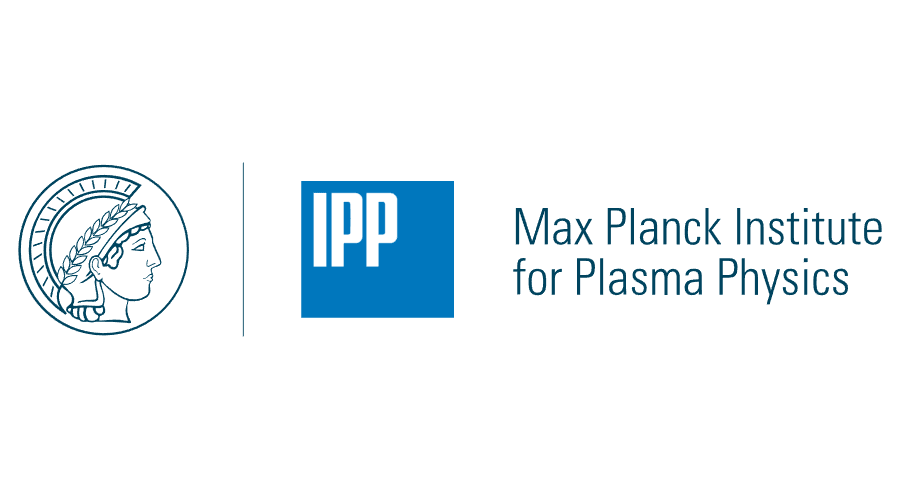Max-Planck-Institut für Plasmaphysik (IPP) in Garching and Greifswald is concerned with investigating the physical principles underlying a nuclear fusion power plant. With its workforce of approx. 1,100 IPP is one of the largest fusion research centres in Europe.
Max-Planck-Institut für Plasmaphysik was founded in 1960 in Garching. A Branch Institute at Greifswald was founded in 1994. In Garching, IPP has some 700 members of staff. The ASDEX Upgrade tokamak is operated here. Presently, in Garching there are five Scientific Divisions:
- Tokamak Scenario Development
- Plasma Edge and Wall
- Tokamak Theory
- Numerical Methods in Plasma Physics
- ITER Technology & Diagnostics.
The Branch Institute of IPP at Greifswald is the site of the Wendelstein 7-X stellarator. In Greifswald, IPP has some 400 members of staff. Presently, in the Branch Greifswald has five Scientific Divisions:
- Stellarator Heating and Optimisation
- Stellarator Dynamics and Transport
- Stellarator Edge and Divertor Physics
- Wendelstein 7-X Operations
- Stellarator Theory.
Together with the Technical University of Munich and the Ernst-Moritz-Arndt University of Greifswald IPP runs the "International Helmholtz Graduate School for Plasma Physics", an interdisciplinary graduate school, which combines plasma physics as well as fusion research, computational physics and surface science. IPP is also member of the European Fusion Doctoral Network.
IPP is one of the main participants in the scientific programme of JET, the joint European experiment in Culham/Great Britain. Since 1983, IPP was hosting the European Fusion Development Agreement (EFDA) Close Support Unit in Garching and was providing – from 1988 till the end of 2006 – the technical site for the planning group responsible for designing ITER, the International Experimental Reactor. Presently, IPP hosts the Programme Management Unit of EUROfusion, the "European Consortium for the Development of Fusion Energy" and is coordinator of the consortium.
IPP coordinates its research effort with fusion research centers all over the world. The institute is funded by the European Union, the German Federal Government, and the State Governments of Bavaria and Mecklenburg-West Pomerania.
The research conducted at Max-Planck-Institut für Plasmapysik (IPP) is concerned with investigating the physical basis of a fusion power plant. For this purpose at Garching IPP is conducting ASDEX Upgrade, a large-scale experiment of the tokamak type. At the Greifswald Branch Institute of IPP the large stellarator Wendelstein 7-X is being operated. IPP is the only fusion centre in the world investigating both types of experiment. This allows direct comparison.
The ten scientific divisions of IPP investigate confinement of high-temperature hydrogen plasmas in magnetic fields, develop plasma heating facilities and diagnostic methods for analysing plasma properties, deal with plasma theory, magnetic field technology, materials research and plasma-wall interaction.

